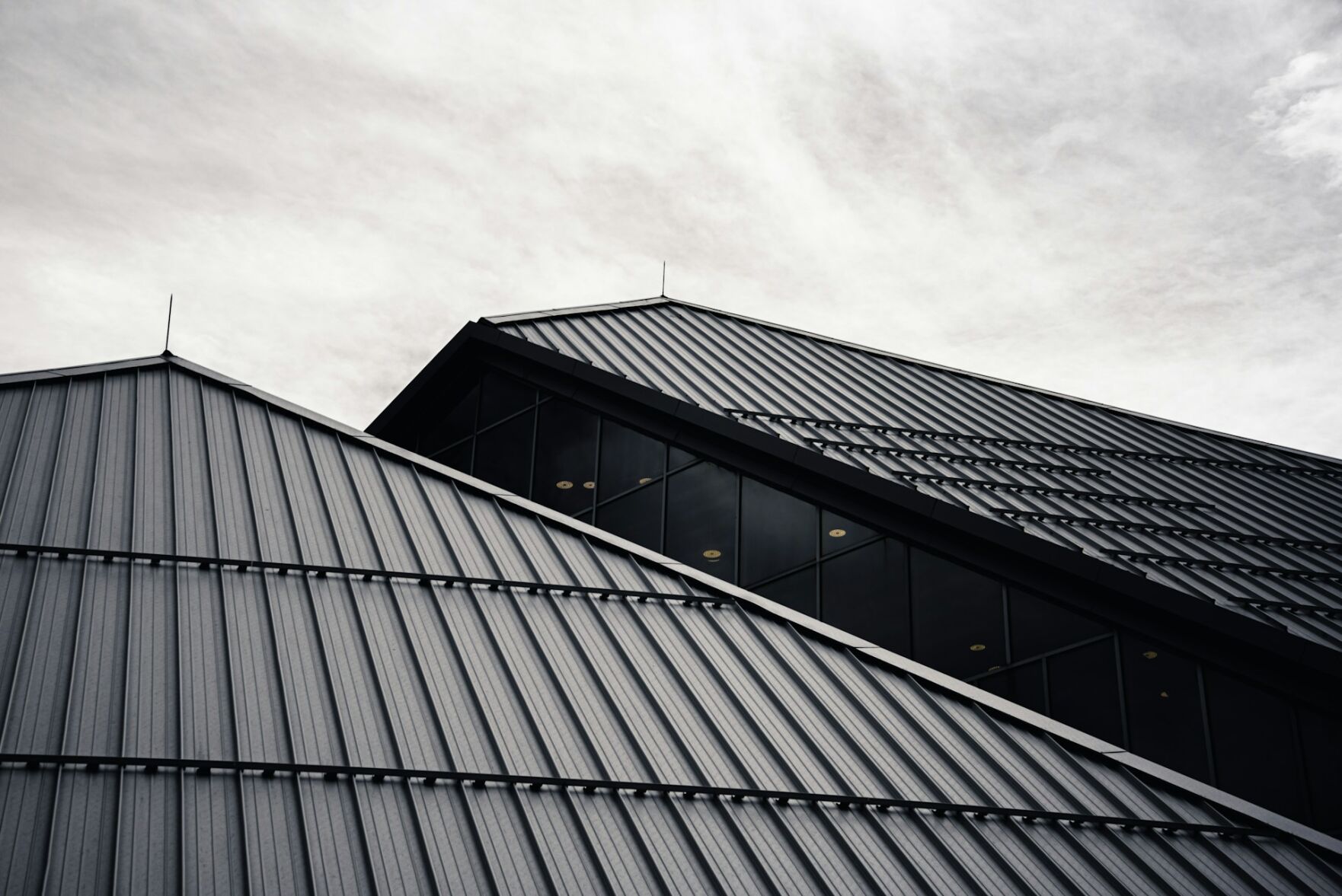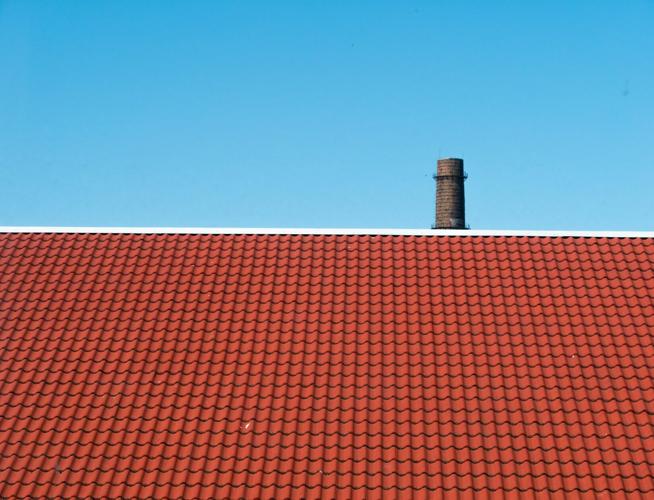Maintaining the condition of your roof is imperative not only for the aesthetic appeal of your home but also for its overall longevity and functionality. A well-maintained roof ensures your home stays dry, warm, and protected from the elements. In this comprehensive guide, we'll walk you through some expert tips that cover everything from routine inspections to preventative maintenance strategies. These steps are designed to help homeowners extend the life of their roofs, prevent costly repairs, and guarantee that their roofs remain resilient against whatever nature throws their way.

1. Conduct Regular Roof Inspections
It is crucial to conduct regular roof inspections at least twice a year, ideally during the spring and fall. This proactive step can help identify potential issues such as cracked, missing, or damaged shingles before they evolve into major problems. Inspections also offer the opportunity to check for signs of mold, algae, or moss growth, which can compromise the roof's structural integrity if left unchecked.
Besides professional inspections, homeowners should also consider a visual inspection from the ground after severe weather conditions. Look out for signs of damage like loose or missing shingles, and don't forget to check the gutters and downspouts for blockages or debris. Experienced roofing contractors advise against climbing onto the roof for inspection, as it can be dangerous without proper safety equipment and training. It's best to leave it to the professionals.
2. Ensure Proper Ventilation and Insulation
Proper ventilation and insulation are key to preventing moisture buildup in your attic, which could weaken the roof structure over time. Ensuring your attic is correctly ventilated allows hot air to escape, preventing it from causing damage to your roof during the warmer months. During winter, adequate insulation can prevent ice dams by keeping the roof surface at a uniform temperature.
Homeowners should check their attic's insulation and ventilation systems annually for any signs of blockage or inefficiencies. If you're unsure about what to look for, consider hiring a professional to assess your attic's ventilation and insulation, ensuring they meet local building codes and standards. It may also be worth considering upgrading your insulation to improve energy efficiency and reduce heating costs.
3. Trim Overhanging Tree Branches
Maintaining the trees around your home can prevent many roof issues before they begin. Overhanging branches can scrape against roofing materials, removing granules from the top layer that protect against sunlight and water. In addition, during storms, these branches can break off and fall, causing significant damage.
It's recommended to trim any branches that come within six feet of your roof. This not only reduces the risk of physical damage but also discourages squirrels and other animals from gaining easy access to your roof, where they can cause further damage or blockages. Most importantly, trimming overhanging branches can prevent leaves from piling up on your roof and clogging gutters, which could lead to water damage.
4. Keep Gutters and Downspouts Clear
Clearing your gutters and downspouts is essential for preventing water damage. Blocked gutters can lead to water overflow, which can damage the roof, fascia, and the very foundation of your home. In winter, clogged gutters can also contribute to the formation of ice dams, which put additional stress on the roof structure.
Inspect and clean your gutters at least twice a year — once in late spring and again in early fall. This helps ensure that water can freely flow away from your roof and home. If you’re uncomfortable doing this yourself, hiring a professional gutter cleaning service is a safe and efficient alternative.
5. Inspect Seals and Flashings
The seals around vent pipes and flashings around chimneys and skylights are common areas for leaks. Over time, these can become loose, corrode, or break, allowing water to enter your home. Inspecting these areas during your regular roof check can catch issues early before they lead to significant water damage inside your house.
If you notice any signs of wear or damage, it’s important to have them repaired or replaced as soon as possible. In many cases, addressing these issues early can extend the life of your roof and avoid more costly repairs or replacements in the future. Not to mention, this can also prevent potential health hazards like mold growth.
6. Invest in Quality Roofing Materials
When repairs are necessary, or when it’s time for a roof replacement, choosing high-quality roofing materials can make a significant difference in your roof’s longevity and performance. While it may be tempting to go for cheaper options, investing in durable, high-grade materials can save you money in the long run by reducing the need for frequent repairs and replacements.
Consult with a reputable roofing contractor to understand the best materials for your specific climate and roof type. They can provide insights into the pros and cons of various materials and help you make an informed decision that balances cost with performance and durability.
7. Schedule Professional Maintenance Checks
While DIY checks are helpful, having your roof inspected by a professional at least once a year can uncover issues that may not be visible to the untrained eye. Professional roofers have the experience and tools necessary to safely conduct thorough inspections and can provide detailed assessments and recommendations for any necessary repairs.
Regular professional maintenance not only ensures that minor issues are addressed before they become major problems but also helps to maintain your roof’s warranty in many cases. Be sure to keep records of all inspections and repairs, as these can be important for insurance claims and when selling your home. When in doubt, always consult with a licensed and insured roofing contractor for your peace of mind.

By following these expert tips, you can take proactive steps to maintain the resilience of your roof and protect your home from costly repairs. Remember that preventive maintenance is key to ensuring that your roof remains in prime shape for years to come. Don’t hesitate to reach out to a professional if you have any concerns or need assistance with maintaining your roof. Your home and wallet will thank you in the long run. Investing a little time and effort into caring for your roof now can save you a lot of headaches and expenses down the road. With these tips, you can enjoy a beautiful and resilient roof for many years to come.


(0) comments
We welcome your comments
Log In
Post a comment as Guest
Keep it Clean. Please avoid obscene, vulgar, lewd, racist or sexually-oriented language.
PLEASE TURN OFF YOUR CAPS LOCK.
Don't Threaten. Threats of harming another person will not be tolerated.
Be Truthful. Don't knowingly lie about anyone or anything.
Be Nice. No racism, sexism or any sort of -ism that is degrading to another person.
Be Proactive. Use the 'Report' link on each comment to let us know of abusive posts.
Share with Us. We'd love to hear eyewitness accounts, the history behind an article.